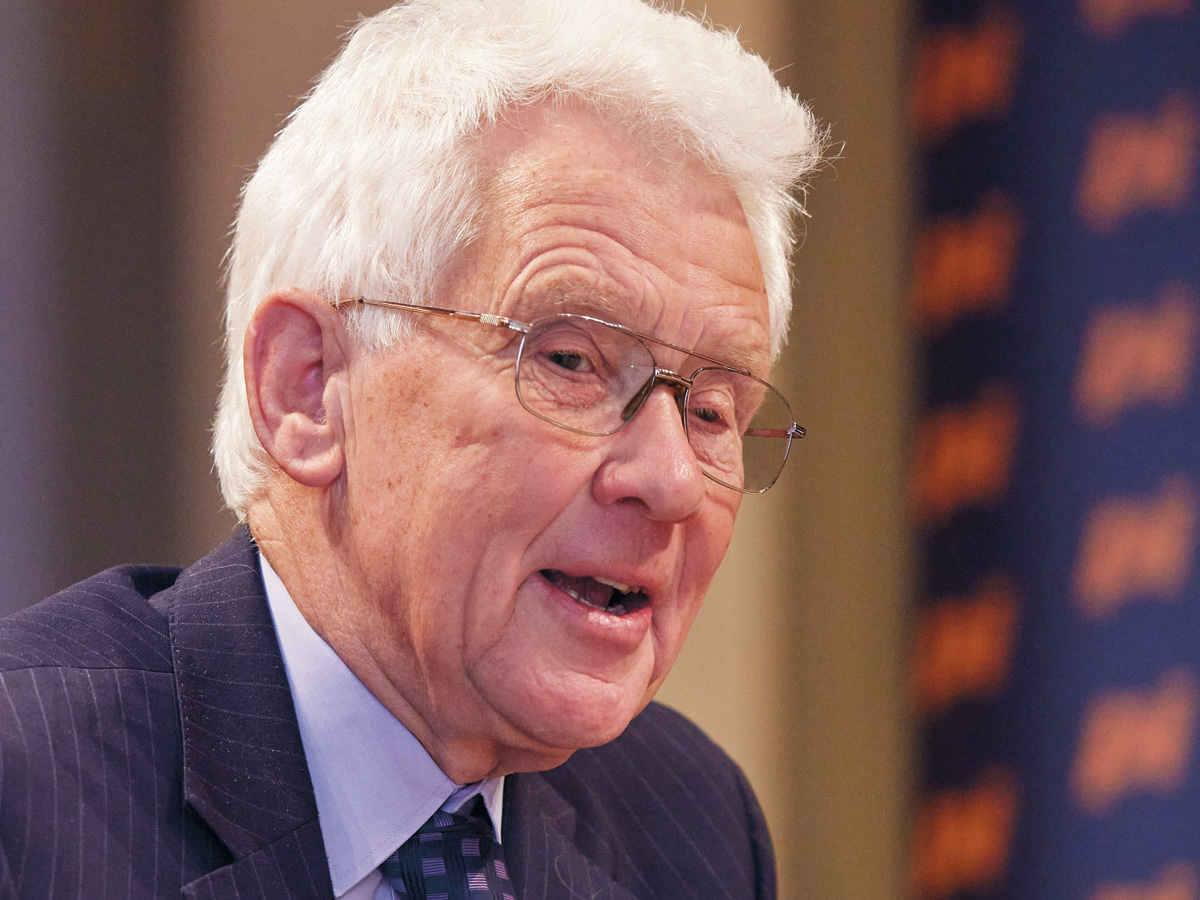If it was not for Brexit, UK trustees would, in common with their European counterparts, be working towards an imminent deadline for the production of an own-risk assessment.
We may still have to do this but there is no reason why we should not undertake this valuable task on our own initiative. Before highlighting some of the major risks we face, it is worth commenting on the binary approach to risk which is built into UK psychology.
The discovery that some hospital roofs were passed their sell by date gave rise to the clarion call: “Shut the effected hospitals.”
But hang on a minute – closing hospitals would result in casualties while undertaking a risk assessment which identifies mitigations that could help keep hospitals open and hopefully improve the overall outcome.
The biggest risk inherent in our increasingly defined contribution (DC) pensions landscape is that of under provision. There is no market solution for the needs of those who are on lifelong low earnings. A universal basic state pension does not only provide social cohesion but it also ensures that absolute poverty in old age can be avoided while forming a foundation upon which market solutions can be based.
Political risk is ever present. The time-scales associated with pension arrangements do not fit neatly into the electoral cycle. What is more, politicians often fail to appreciate the implementation challenges associated with good ideas which are not quite so good if they fail the practicality test.
Politicians also fail to recognise that the main purpose of putting money aside in a pension scheme is to provide financial security in later life. Obviously, the money should be invested responsibly but member outcome should be our main concern.
I am a big fan of regulators, but not quite so keen on regulation. The best form of regulation is that which is risk based and proportionate. This requires bravery on the part of the regulator and a willingness on the part of the regulated entity to use their professional judgement when responding to a light-touch regulatory framework.
We should not be asking the regulator to tell us what to do. If the regulator is too prescriptive, the moral high ground will be lost if things go wrong. Employer disengagement is another risk. Consolidation should not be used as an excuse for employer abdication.
There is a danger that auto-enrolment turns pension contributions into another tax. A good pension scheme can be at the heart of an attractive programme of employee benefits at a time when the recruitment and retention of quality workers is at the top of our agenda.
Members may confuse volatility and investment risk. Volatility can be our friend on a long journey. Those responsible for the investment strategy should leave no asset class out in the cold as we seek to provide a seamless DC journey from apprenticeship to care home residency.
The most worrying risk in DC land is administration. We have scored an own goal in seeking to provide a bespoke service for a commodity price. If we cannot get the admin right, society will lose confidence in everything that we do.
The penultimate risk is that of scheme governance. I am sufficiently old fashioned to believe that governance and delivery are important but separate.
A diverse board should be responsible for monitoring the work of sub-contracted specialist. Diversity does not simply mean a mix of race, gender and age. If we are to avoid group think, social diversity needs to be encompassed.
The last risk is the risk register itself. These can become so detailed that they prevent a clear focus on what matters. The final agenda item on one of my trustee boards is “new risks” this provides an opportunity to see if the most recent meeting has highlighted any new areas for concern.
We need policies, risk registers and checklists but the only checklist which is worth the paper it is written on is where the final row reads: “now engage brain”.
For example, picture an airline pilot who, having completed the preflight check, pauses for thought and walks around the plane before strapping in ready for take-off.
Alan Pickering is president of Best Trustees.





Comments